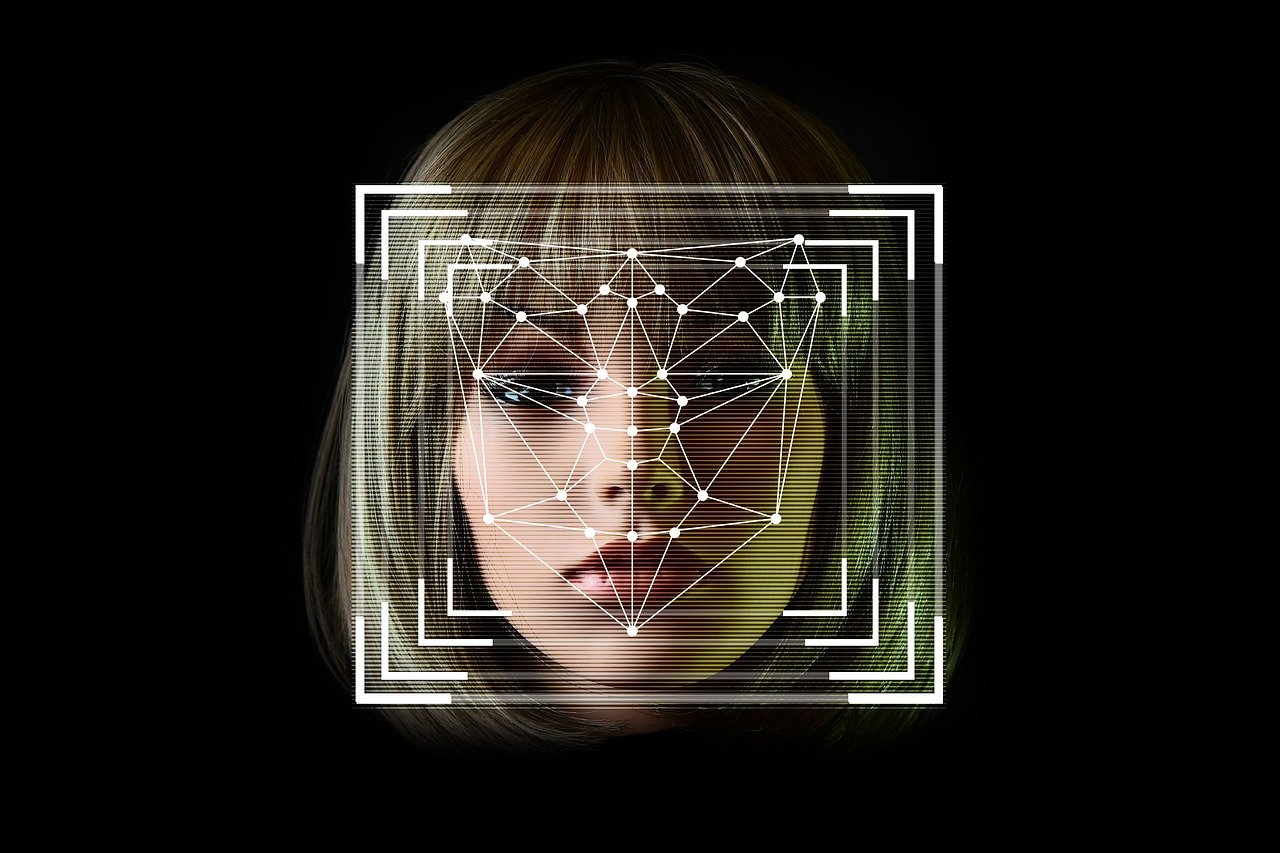This post is also available in:
 עברית (Hebrew)
עברית (Hebrew)
Recent advancements in artificial intelligence make it increasingly harder to detect deepfake voices, and the solution might actually come from AI itself.
Scientists at Klick Labs were inspired by their clinical studies using vocal biomarkers to help enhance health outcomes and created an audio deepfake detection method that taps into signs of life like breathing patterns and micropauses in speech.
Yan Fossat, senior vice president of Klick Labs and principal investigator of the study, explains: “Our findings highlight the potential to use vocal biomarkers as a novel approach to flagging deepfakes because they lack the telltale signs of life inherent in authentic content. These signs are usually undetectable to the human ear, but are now discernible thanks to machine learning and vocal biomarkers.”
The study, “Investigation of Deepfake Voice Detection using Speech Pause Patterns: Algorithm Development and Validation,” describes how vocal biomarkers and machine learning can be used together to distinguish between deepfakes and authentic audio, with impressively reliable precision.
According to Techxplore, Fossat and the team of Klick Labs researchers created deepfake models from voice samples provided by 49 participants from diverse backgrounds and with many different accents. After analyzing speech pause metrics, the scientists discovered their models could distinguish between real and fake voice recordings with approximately 80% accuracy.
These findings come shortly after Meta announced its plan to introduce AI-generated content labels, the Federal Communications Commission ruled deepfake voices in robocalls illegal. This is in addition to some viral deepfake recordings of famous personnel like President Joe Biden and singer Taylor Swift, and a growing public concern that deepfake usage will only increase with the upcoming US presidential election.
Fossat acknowledged that while the new study offers one solution to this growing problem, the need to keep evolving detection technology as deepfakes become more and more realistic.


























